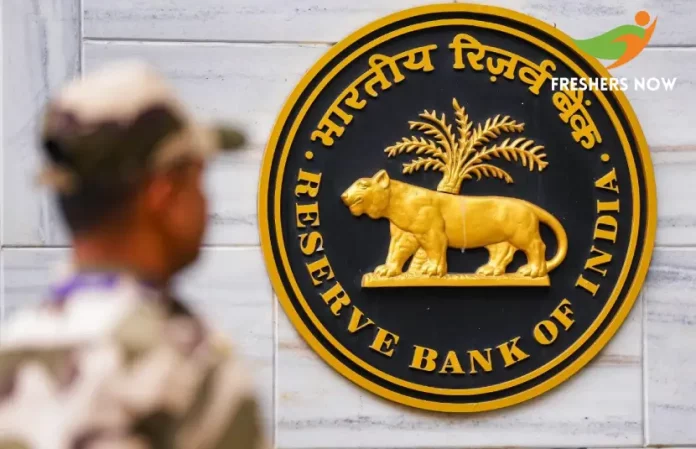
RBI Lowers Margin Funding Limits To 30% From 50%: In response to stock exchanges reducing trade settlement times to T+1 and even T+0 for select equities, the Reserve Bank of India (RBI) has lowered the maximum risk for custodian banks issuing irrevocable payment commitments (IPCs) from 50% to 30%. This strategic decision aims to mitigate potential downward price movements in equities purchased by foreign institutional investors/ mutual funds over two consecutive trading days.
Review of Guidelines
The Reserve Bank of India (RBI)’s decision stems from a comprehensive review of risk mitigation measures outlined in a December 2011 circular, which was originally based on a T+2 rolling settlement cycles for equities. With the recent transition to T+1 rolling settlement cycles by stock exchanges, the RBI has reassessed and updated the guidelines governing IPC issuance.
Intraday Risk Assessment
Under the revised guidelines, banks issuing IPCs will face a maximum intraday risk equivalent to 30% of the settlement cycle amount. This assessment considers a hypothetical 20% downward price movement of equities on T+1. Additionally, an extra margin of 10% is incorporated to accommodate further potential downward price movements, ensuring robust risk management practices.
Impact on Margin Money
If margin money is paid in cash, the exposure will be reduced by the exact amount of margin paid. This adjustment aligns with the revised margin funding limits established by the RBI, offering greater financial stability and risk mitigation in the securities market.
Details of RBI’s Notification
The Reserve Bank of India (RBI) has communicated its revised guidelines to all commercial banks through an official notification. This communication emphasizes the importance of adapting risk management strategies to the evolving settlement cycles introduced by stock exchanges. It clarifies that the extant guidelines on IPC issuance have been reviewed in light of the shift to T+1 rolling settlement.
Implications of the Updated Guidelines
The updated guidelines serve to enhance the resilience and financial stability of the securities market, ensuring that custodian banks maintain prudent risk exposure levels. By factoring in potential downward price movements and incorporating additional margins, the RBI aims to safeguard the interests of market participants and promote investor confidence.
Conclusion
As financial markets evolve and settlement cycles shorten, the Reserve Bank of India (RBI)’s proactive approach to revising risk mitigation guidelines underscores its commitment to financial stability and market integrity. The reduced maximum risk for custodian banks issuing IPCs, along with the enhanced risk assessment framework, reflects the regulator’s efforts to adapt to changing market dynamics and foster a secure and efficient securities market ecosystem.
| You Can Also Check | |
| Current Affairs | |
Stay updated with the latest current affairs and insightful blog posts by following FreshersNow. Don’t miss out on future content that keeps you informed and engaged!



